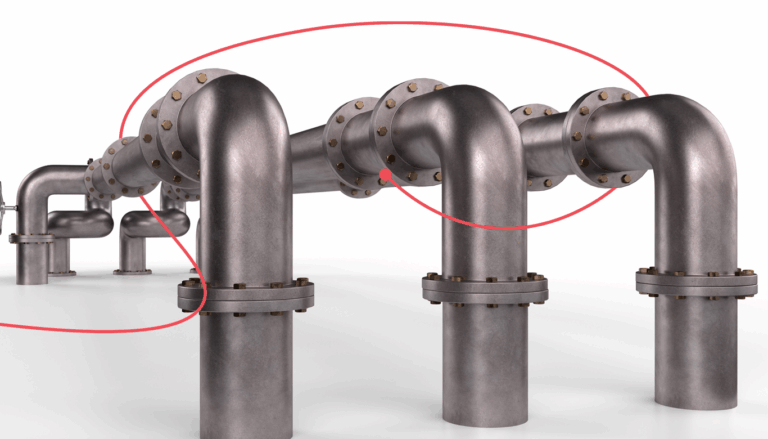Today, one of the most significant challenges for SAP-using organizations is the inevitable S/4HANA upgrade. With SAP stopping support for older versions of ECC in 2027, the question is not whether to upgrade but when and how to do it.
Risk management is not just a consideration but an essential step to secure the investment in an S/4HANA migration. You must carefully weigh many options, such as using SAP Cloud offerings – public, private, RISE – or the classic on-premises solution. Also, what approach will you choose for your S/4HANA migration – Brownfield, Greenfield, or Hybrid?
In this blog, I will explore beyond choosing an approach to transitioning to S/4HANA. In my experience, I have seen many different organizations and as many different approaches to managing upgrade projects, including S/4HANA. In other words, no one best practice fits. However, similar elements are required in every upgrade to balance safety with speed.
You will learn:
- How the tools and processes you adopt play a critical role in a secure and efficient transition to S/4HANA
- Why it’s crucial to manage parallel landscapes to incorporate SAP changes safely in the new environment
- How Rev-Trac Platinum, the SAP DevOps Platform, can enhance risk management
So, what are the elements that are similar when migrating to S/4HANA?
For a secure and streamlined S/4HANA migration, you need:
- A well-defined and transparent change and project management process, whether classic waterfall or SAP DevOps
- An integrated tool landscape with technologies working seamlessly to enhance your transition to S/4HANA
- To automate wherever possible
Lets take a closer look.
Tools
Migrating to S/4HANA can involve multiple tools before, during, and after the transition. The tools you use should help to accelerate an SAP S/4HANA migration, not slow it down. Other attributes to consider are reliability, ease of use, how quickly they adapt to changing requirements, and whether they are self-explanatory.
Whatever approach you choose for your migration, you will build a project landscape. This landscape, particularly the development system, must be synchronized with your productive (or ECC) landscape.
Reimplementation – Synchronizing parallel landscapes
During the project, every new or changed requirement on the productive landscape must be reimplemented in the project landscape. Not to think what would happen if this were not done.
So, it is mandatory to track new changes in the productive environment and ensure these are considered for the project landscape. The ideal approach is to reimplement the changes after being deployed in the productive landscape. The best scenario is that the developer/s of the new change is also responsible for reimplementing it into the S4/HANA development system.
Tools to efficiently manage parallel development are critical in the retrofitting of SAP changes. You can configure Rev-Trac to create a clone of the original request at a specific status during the change process in the production environment. The clone is a copy of the first change ticket but is linked to the project (S/4HANA) track. Like a task, it automatically appears on several lists, including cloning/retrofit report dashboards, so it’s not forgotten.
Unlike other tools, Rev-Trac focuses on the requirement rather than the technical object. It also helps with the semi-automatic reimplementation of the technical objects within such a cloned change. In this way, you balance implementation speed and safety almost perfectly, creating a foundation for the safe migration to S/4HANA.
Integration
Often in SAP-using organizations, ITSM tools like Jira and ServiceNow are run in silos, not integrated into SAP workflows. n this scenario, changes, requirements, or WRICEFs are created in the ITSM tool, and the project team must maintain them in parallel. This means putting the same information, for example Transport numbers, into several tools.
Automating change processes and integrating ITSM tools into the workflow can eliminate many headaches for developers, such as double handling.
Rev-Trac bi-directionally integrates with Jira, ServiceNow, and other best-of-breed tools via REST APIs. There are numerous advantages to this integration, including:
- Process enforcement: Eliminating manual steps makes workarounds impossible. This, in turn, ensures that report data is accurate, and the audit trail is complete;
- Double handling is eliminated: There is no need for the implementation team to copy and paste the exact text to various tools, etc.; and
- Process automation: Transport imports can begin immediately upon approval without involving BASIS.
Flexibility
SAP change process workflows can become unwieldy or lead to operational inefficiencies. The capability to modify these processes quickly is crucial. This is where Rev-Trac stands out. It is highly flexible and adaptable, enabling you to refine change processes and workflows in no time.
Unlike other tools that may take weeks or months to configure, Rev-Trac can be set up within hours, and workflow adjustments, like adding or removing a step, can be made in minutes. Altering whole transport routes takes the same time.
Rev-Trac’s flexibility and ease of configuration allow for a more agile approach to managing change workflows and SAP application delivery. You can sidestep extensive phases where people must imagine how the Rev-Trac workflow/process looks. Organizations can configure a basic workflow to begin with and refine it over time based on continuous feedback from constant review meetings.
The Bottom Line
When migrating to SAP S/4HANA, balancing speed and safety is critical. Rev-Trac sets itself apart as an agile solution to streamline your S/4HANA journey without interrupting daily operations. Its capacity for rapid configuration and capability to integrate with best-of-breed tools enables dual synchronization across your existing ECC landscape and your S/4HANA environment, ensuring both efficiency and system integrity are maintained.
Contact our SAP change management experts for more information about migrating to S/4HANA quickly and safely.






